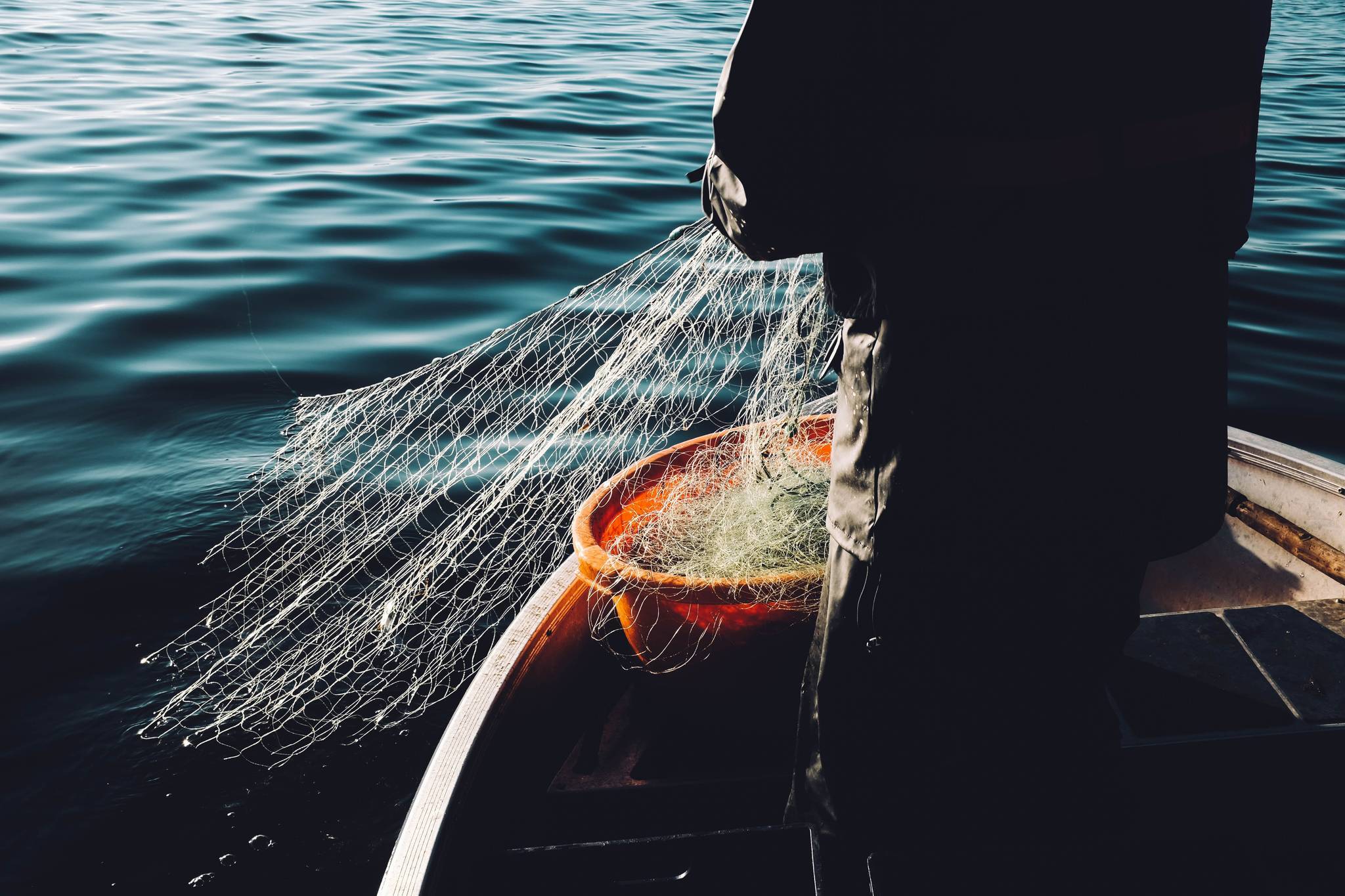Can a person stand for Alaska and also stand for salmon?
On Nov. 6, we have the opportunity to vote on Ballot Measure 1, also known as Stand for Salmon. The group opposing this initiative has taken on the name Stand for Alaska. There have been a lot of claims and counter claims flying back and forth. Accusations of outside interest groups, corporate greed, extreme environmentalists and full page ads exploiting fear tactics are just a few of the things I have heard or read. I have spoken with respected people that fall on either side of this issue and some who just don’t know what to think. Why, I even took the time to read the whole initiative. How is a person to vote? I decided to listen to both sides and then combine this input with my beliefs and values in order to make a decision. Following is a list of some of the arguments and claims made by proponents and opponents of Ballot Measure 1 that I encountered and considered in helping me decide how to vote.
Proponents say passing the measure will update needed protections for salmon habitat. This will be accomplished in part through changes in the permitting requirements of developers in areas where salmon waters could be impacted. It also tightens up requirements that make corporations responsible for any damage done to salmon habitat. Opponents claim such regulations will make it harder for developers to efficiently initiate new projects. This in turn will have a negative impact on Alaska’s economy. Proponents say the long-term effect on Alaska’s economy will actually be better because of positive impacts on the fisheries and tourism industries. Opponents claim Ballot Measure 1 will hurt the small guy who wants to do something like put a dock on his or her property. Proponents say that the initiative will have a new two tier system that will expedite small projects so it will not hurt individuals who want to build on their property. Major developments by corporations that have potential for large scale environmental impact on salmon habitat will have a longer permitting process. Proponents claim that whatever time is lost is more than compensated for by making sure enough safeguards are in place and that there is assurance corporations will be held responsible for any possible environmental damage and clean up during and after the project has been completed. Proponents say the initiative will open up more time and opportunity for public input and for a more thorough assessment by ADFG and other scientist. Opponents say there already is enough time and any more would just be a delay. Both sides agree something is happening in our oceans that is adversely affecting salmon runs. Opponents seem to indicate this means we don’t have to do anything more to protect our watersheds. Proponents come to the more logical conclusion that it is all the more important to protect our state water habitat. The discussion goes back and forth.
Both sides have some valid points. There are people with different opinions who want what they think is best for Alaska. How to vote? In balance, what is best for the long-term outlook for our state? What finally cemented my decision on how to vote came after an extended road trip to the Lower 48. While there are still some beautiful areas, much of the habitat has gone to poorly thought out development. Salmon numbers have been drastically reduced or eliminated. Millions of dollars are being spent by private and government agencies for habitat restoration and hatchery enhancement in the hopes salmon runs can be increased or saved. I “saw” Alaska 20 years from now. It scared me.
This piece started with the question, “what are we standing for?” I wondered what is best for Alaska in the long term. This includes our economy as a whole, what makes the Last Frontier unique, our way of life and what is best for generations to come. What is best for our long-term future? Evaluating all the pros and cons I have come to the conclusion that standing for salmon IS standing for Alaska.
I invite you to vote yes on Ballot Measure 1.
• Nils Dihle is a retired Juneau Douglas School District teacher and Licensed Profession Counselor who has lived in Juneau since 1975. His wife, three sons and their families which include grandchildren live here also. We all participate in numerous outdoor activities.
Nils Dihle is a retired Juneau Douglas School District teacher and Licensed Profession Counselor who has lived in Juneau since 1975. His wife, three sons and their families which include grandchildren live here also. We all participate in numerous outdoor activities. My Turns and Letters to the Editor represent the view of the author, not the view of the Juneau Empire.

